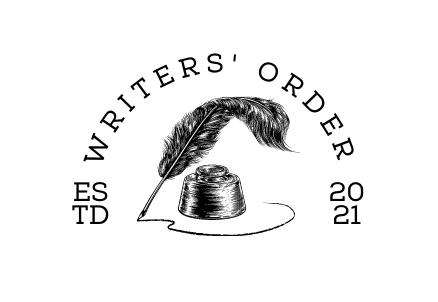You have to be the change to bring the change.

What Is Unintentional Plagiarism?
Our content is reader-supported. We may earn a commission if you make a purchase through one of our links.
You just got done with your article that you spent the last two hours doing. You quickly open the plagiarism-checking tool to make sure your content is fresh and unique. After submitting your piece of creativity for the scan, you sit there staring at the screen, fingers crossed, waiting for your desired results. You’re self-assured because you know you didn’t steal anyone’s ideas.
But in a split second, that sense of assuredness vanishes into thin air. The scan report is in front of you, and the words ‘Plagiarism Detected’ start giving you a slight headache. Alright, we admit that was very dramatic but now allow us to introduce you to unintentional plagiarism.
Unintentional Plagiarism – An Explanation
Well, the name itself is pretty self-explanatory but let us elaborate a little more. Unintentional plagiarism occurs when you don’t intend to steal anyone’s ideas or words. However, you fail to cite it accurately due to poor knowledge of the proper scholarly procedures. Let us take a look at some examples of unintentional plagiarism:
- When you don’t give the deserving credits to a source from which you borrowed information that is not common knowledge.
- When you cite a source, but at the same time, you don’t paraphrase the content. And use the author’s words in the same sequence.
- When you cite but, don’t quote someone’s exact wording.
- When you’re writing on your own, but the phrase happens to match with another piece of content already published on the internet. This is marked as plagiarism even though it was not intended.
Besides not knowing how to cite correctly, these things might happen because you were simply in a rush to complete your work and forgot to take these measures. However, unintentional plagiarism is still considered plagiarism and can lead to some consequences.

Alright, that was a little scary, but you don’t have to stress out. Unintentional plagiarism is something that you can easily avoid if you start giving your article a quick read right after you finish it and take care of the scholarly procedures.
What Are the Proper Scholarly Procedures?
Scholarly procedures are the appropriate ways to borrow and use someone else’s ideas for your content. Now there are primarily three ways to incorporate the borrowed information into your content. These three ways are paraphrasing, quoting, and summarizing. Now, the one thing that all these three ways share in common is citing.
Regardless of any way used to add the borrowed information, citing is a must. Wow, we think if we get a dollar for the number of times the concept ‘citing’ gets mentioned in this article, we might become millionaires.
Alright, enough of our lame jokes. Let us learn the meaning and proper way of citing sources. Citing is when you refer to a source as an example and acknowledge that you used it by giving it its due credits in your content. Citing sources allows your content readers to look over to the original source of the information that you’ve mentioned in your writing.
Now, there are two different ways to cite; in-text citations and end-of-text references. The way in-text citations work is when you use a piece of information you borrowed from another source, you mention that source within your text. Whereas when it comes to end-text-references, they work a little differently. You are required to give the due credits of the borrowed information at the end of your text by providing references.
Avoiding Plagiarism
Once you’ve learned the proper way to cite, let us understand how to incorporate the borrowed information in a manner that is not considered plagiarism. The first way is to paraphrase. Now, paraphrasing means that you borrow certain information from the author and then rewrite it in your own words. Oh and, don’t forget to cite it!
Sometimes, you might paraphrase the information correctly, but if you forget to cite it. Your writing might get claimed as plagiarized. The same goes for if you cite a source but don’t paraphrase the author’s words.
Let’s move on to the second method, quoting. Quoting is done by copying the writer’s exact words and placing the quotation marks around them. The correct way is to mention the author’s name and then state their words in quotation marks.
The last method is summarizing. In this method, you take the primary points of the author’s words. And make a summary, then you convey it in your piece of writing. But make sure to quote the borrowed words or terms.
Conclusion
Great you reached the end of the article. We hope that we were successful in teaching you about unintentional plagiarism. Hopefully, you can avoid it now. Thanks for sticking till the end!
Read more about how Grammarly’s plagiarism detector can help you. We recommend you use Grammarly plagiarism checker to scan all your writings to make your work infallible!





This will be a terrific web site, might you be involved in doing an interview about just how you developed it? If so e-mail me!